B&G B&G NAC-2 Autopilot Computer
$578.00 Original price was: $578.00.$95.99Current price is: $95.99.
- Service that stands out, online and always timely.
- Safe Payments for a Better Shopping Experience
- Experience the Best Quality
- Safe Transactions, Happy Customers

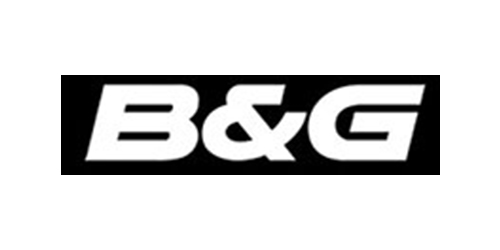
The NAC-2 Autopilot Computer is the brains behind your B&G
autopilot system. It contains the electronics needed to operate a
hydraulic steering pump or mechanical drive unit, while also
interfacing with other components including heading sensors and
rudder feedback units. The NAC-2 was designed for boats up to ten
metres (35 feet) in length and is suitable for low-current pumps,
mechanical drive units, or solenoid valves (eight amps
continuous/16 amps peak).
B&G Reflex steering technology
NAC-2 contains B&Gs Reflex control algorithms, developed to
helm a yacht across a broad range of weather conditions and
sea-states, alongside the electronics needed to operate a hydraulic
or mechanical drive unit, while also interfacing with other
components including heading sensors and rudder feedback units.
Every B&G steering innovation builds upon a legacy encompassing
over sixty years of autopilot development, which continues today at
Navico’s autopilot research hub in Norway. This legacy is
exemplified by the Reflex algorithm: the software that drives
B&G steering technology. Reflex brings all those years of
research and on-water experience to your helm, for a smart pilot
you can trust to take the wheel.
Standard Output
The NAC-2 Autopilot Computer is recommended for boats up to 10
metres (35 feet) in length. It delivers standard power output of up
to eight amps continuous and 16 amps peak, plus a clutch output;
this is suitable to operate low-current drive pumps including the
SD10, hydraulic linear drives such as the HLD350, and solenoid
valves.
Virtual Rudder Feedback
Simrad Virtual Rudder Feedback (VRF) technology eliminates the
need to install a separate rudder feedback unit aboard outboard and
sterndrive (inboard/outboard) boats. This reduces overall autopilot
system cost and complexity, and is ideal where a feedback unit is
impractical due to mechanical constraints.
Rudder Feedback Units
Rudder feedback units are sensors that connect to your rudder
via a mechanical linkage and continuously report actual rudder
position to your autopilot computer allowing the Simrad Continuum
steering algorithm to make the best-informed steering decisions
possible. These sensors are typically used on boats with inboard
engines, on larger vessels, and in special applications where
Virtual Rudder Feedback may not be suitable. The NAC-2 supports
SimNet or NMEA 2000 connected RF25 feedback units, and resistive
rudder feedback sensors.
Easy Installation
Plug-and-play connectors facilitate easy installation,
minimising the wiring necessary to install your autopilot system.
Industry-standard NMEA 2000 networking offers simple connectivity
to heading sensors, rudder feedback units, autopilot controllers,
and multifunction displays located anywhere on board.
Features:
- Reliable autopilot performance based on B&G Reflex steering
technology - Recommended for boats up to 10 metres (35 feet) in length
- Output of 8 amps continuous, 16 amps peak
- Clutch output (3 amps maximum)
- Compatible with low -current drive pumps, mechanical drives,
hydraulic linear drives, and solenoid valves - Virtual rudder feedback for simplified installation aboard
outboard and sterndrive (inboard/outboard) boats - Supports Simrad RF25 rudder feedback units
- Plug-and-play connectors for easy installation
- NMEA 2000 connectivity to heading sensors, rudder feedbacks,
dedicated autopilot controllers, and multifunction displays
What’s in the box:
- N2K-T-RD Network T-Connector
- N2KEXT-2RD 2ft Network Extension Cable
- NAC-1/NAC-2 DRIVE CABLE – 2M
- NAC-1/NAC-2 Power Cable – 2m
- NAC-2 Rudder feedback cable
Product Data
Sheet
Be the first to review “B&G B&G NAC-2 Autopilot Computer” Cancel reply
Related products
Boat Instruments
GPS Chartplotter & Fishfinder Accessories
Autopilot Accessories
Autopilot Accessories
GPS Chartplotter & Fishfinder Accessories
Boat Instruments
GPS Chartplotters
Boat Instruments






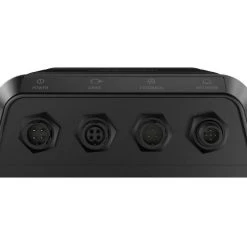


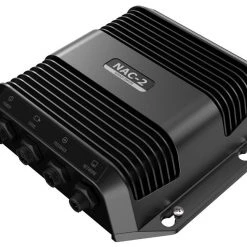
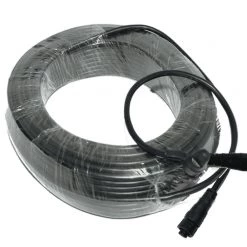

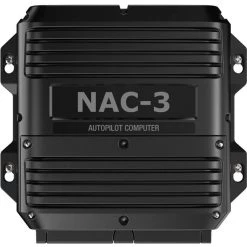
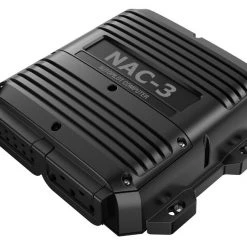
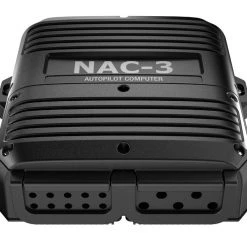
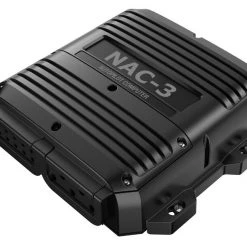
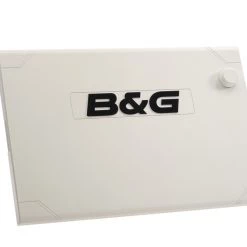
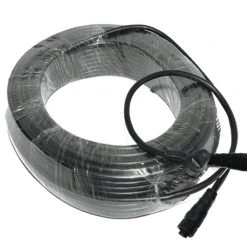
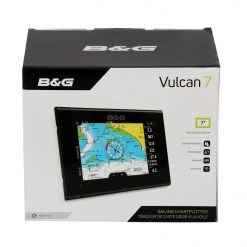

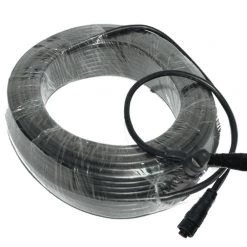
Reviews
There are no reviews yet.